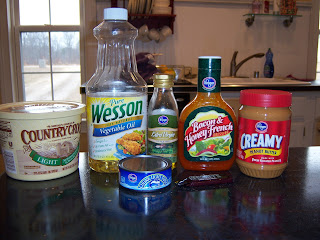This is a traditional banana pudding topped with meringue, but the sugar has been replaced with sweetener for baking. Use sucralose (in the yellow package). The name brand is fine, but the store brand works well too and is much cheaper.
Bananas are plentiful this time of year, and the price is almost always low. Use ripe or slightly over-ripe bananas.
This recipe also uses real butter, regular vanilla wafers, and egg yolks because they are all used in moderation. There is just a small amount for the entire dish. Using skim or 1% milk cuts out saturated fat, while still providing calcium and vitamin D. Stick to about a 1/2 cup portion for serving size.
Ingredients:
1/4 cup and 2 Tbsp. (separated) sucralose sweetener for recipes (the yellow package)
1/4 cup AP flour
1/8 tsp. salt
2 cups skim or 1% milk
2 eggs-separated
1 Tbsp. butter
1 tsp. vanilla extract
33 vanilla wafers
4 bananas
Instructions:
Combine sweetener, flour, and salt in a medium sauce pan.Stir in milk and cook until thick.
Separate egg yolks into a small mixing bowl, and set aside the whites at room temperature for later.
Beat yolks, and stir mixture into them. Then return entire mixture to sauce pan.
Cook over low heat for 2 minutes, then add butter and vanilla. Continue stirring over low heat for 1 minute until butter is melted and vanilla is well mixed.
Layer in a 2 quart glass baking dish.
Place first layer of vanilla wafers in pan on bottom and around sides.
Then add 2 sliced bananas, and then 1/2 of pudding.
Repeat second layer with remaining wafers, bananas, and pudding.
Beat egg whites until foamy, then add 2 Tbsp. sweetener. Beat to stiff peaks for a meringue. Top the dish with meringue.
Bake at 425 F for 5 to 10 minutes until golden brown.
For serving, let the pudding set for a few minutes and serve warm. It is also wonderful the next day served cold.





